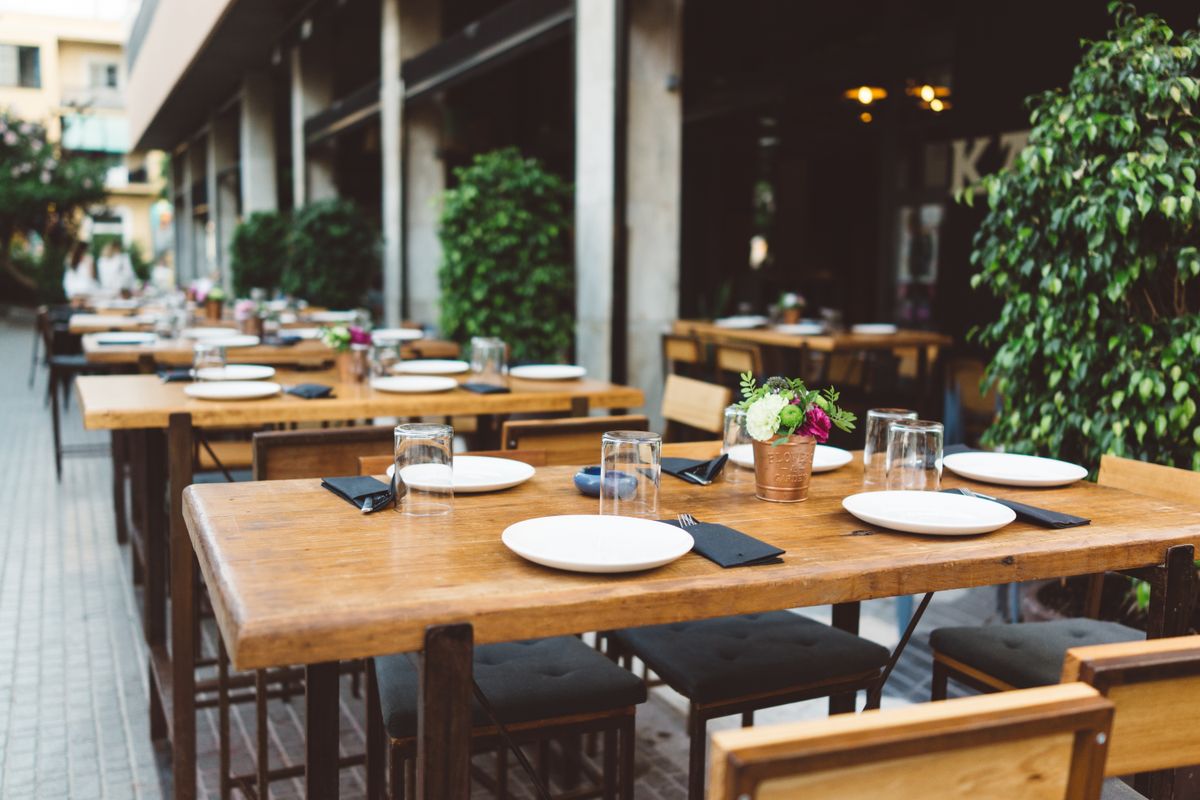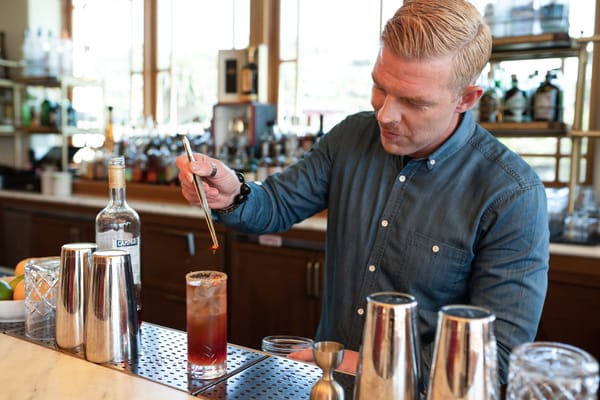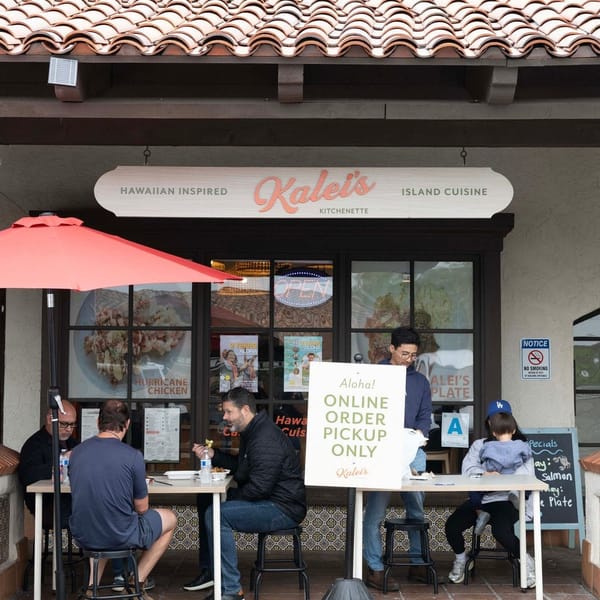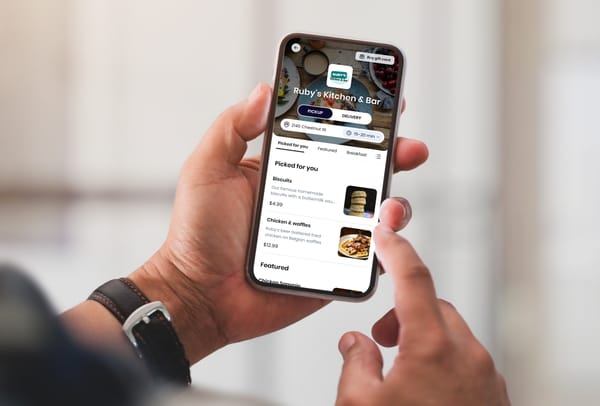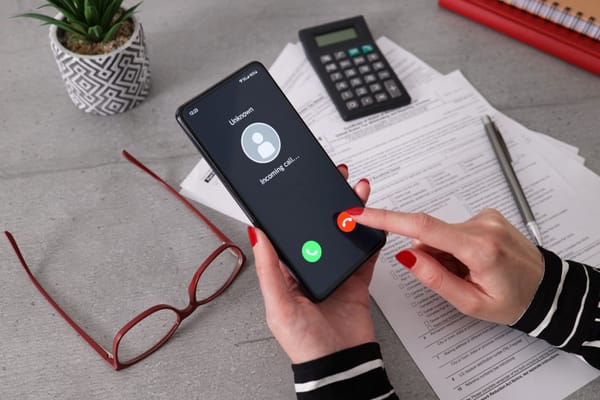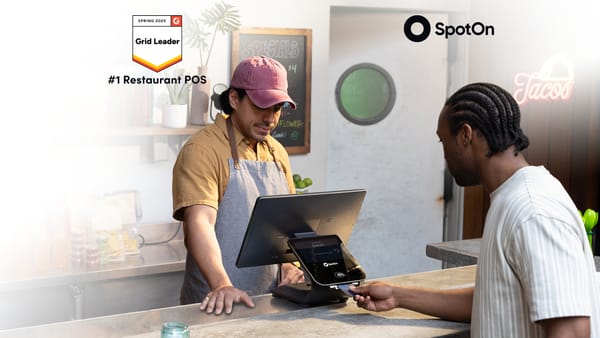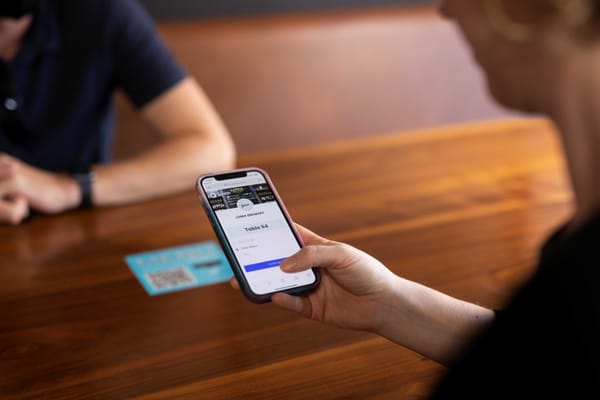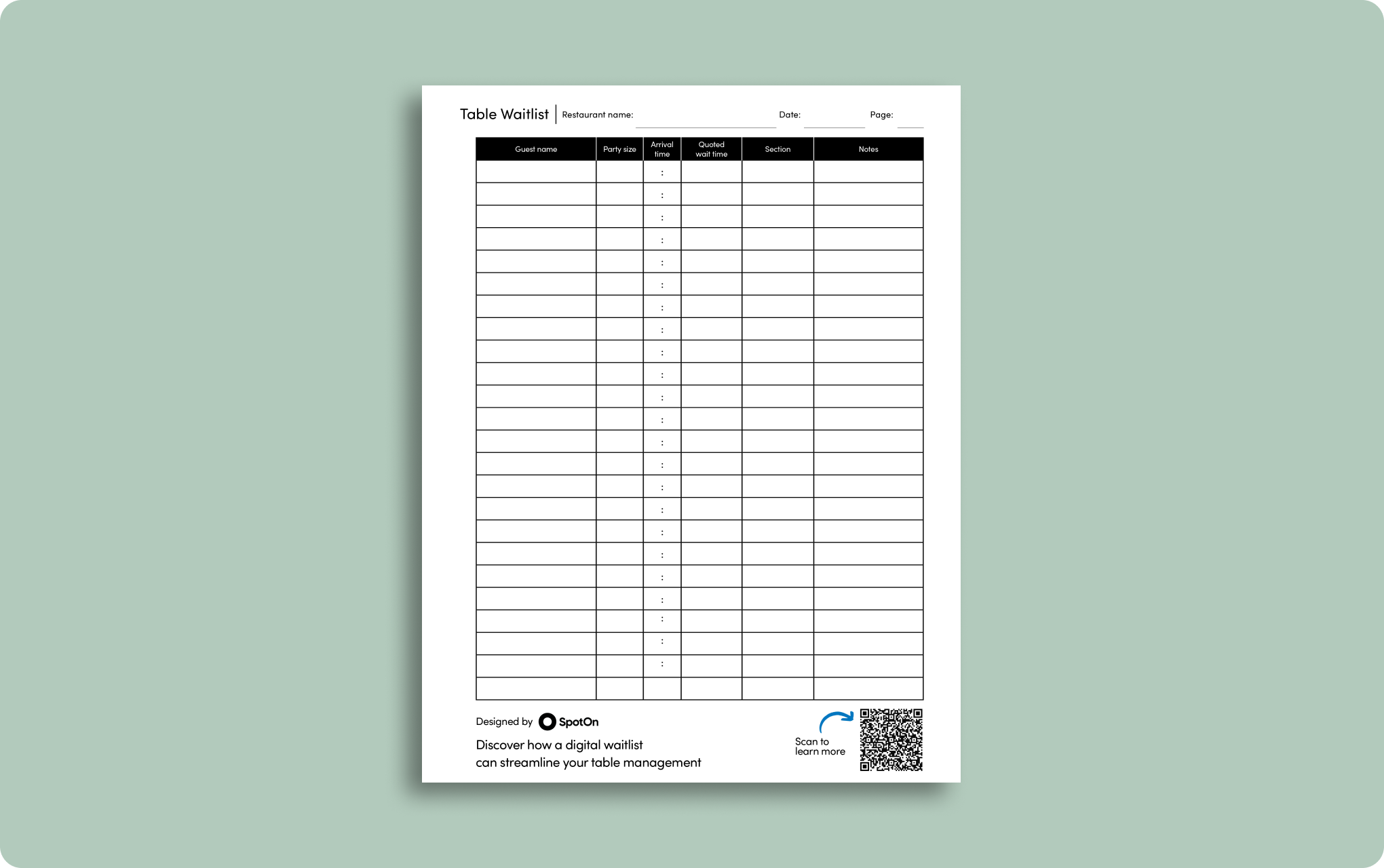
Restaurant Waitlist Template
Easily keep track of waiting parties at your restaurant with our printable waitlist template.
For some restaurants, a long line is a great sign that guests are willing to wait for some amazing food. However, if your restaurant can't turn a table fast enough or serve customers in a timely manner, there might be a larger problem involving your table management and reservation system. With the restaurant industry returning to pre-pandemic levels, it can be easy to lose track of everyone on a waiting list, resulting in longer wait times and guests feeling like they aren't getting the service they deserve.
As anyone working in the hospitality industry knows, there are no guarantees that a single night in a restaurant will run like the previous day. That's why we've put together some resources and tips to help your restaurant ensure customers aren't left waiting at the bar for an open table. Alongside some hidden benefits to using a waitlist vs a digital waitlist app, you can also download a free restaurant waitlist template to print out for your own business.
What is a restaurant waitlist? How does a waitlist work for restaurants?
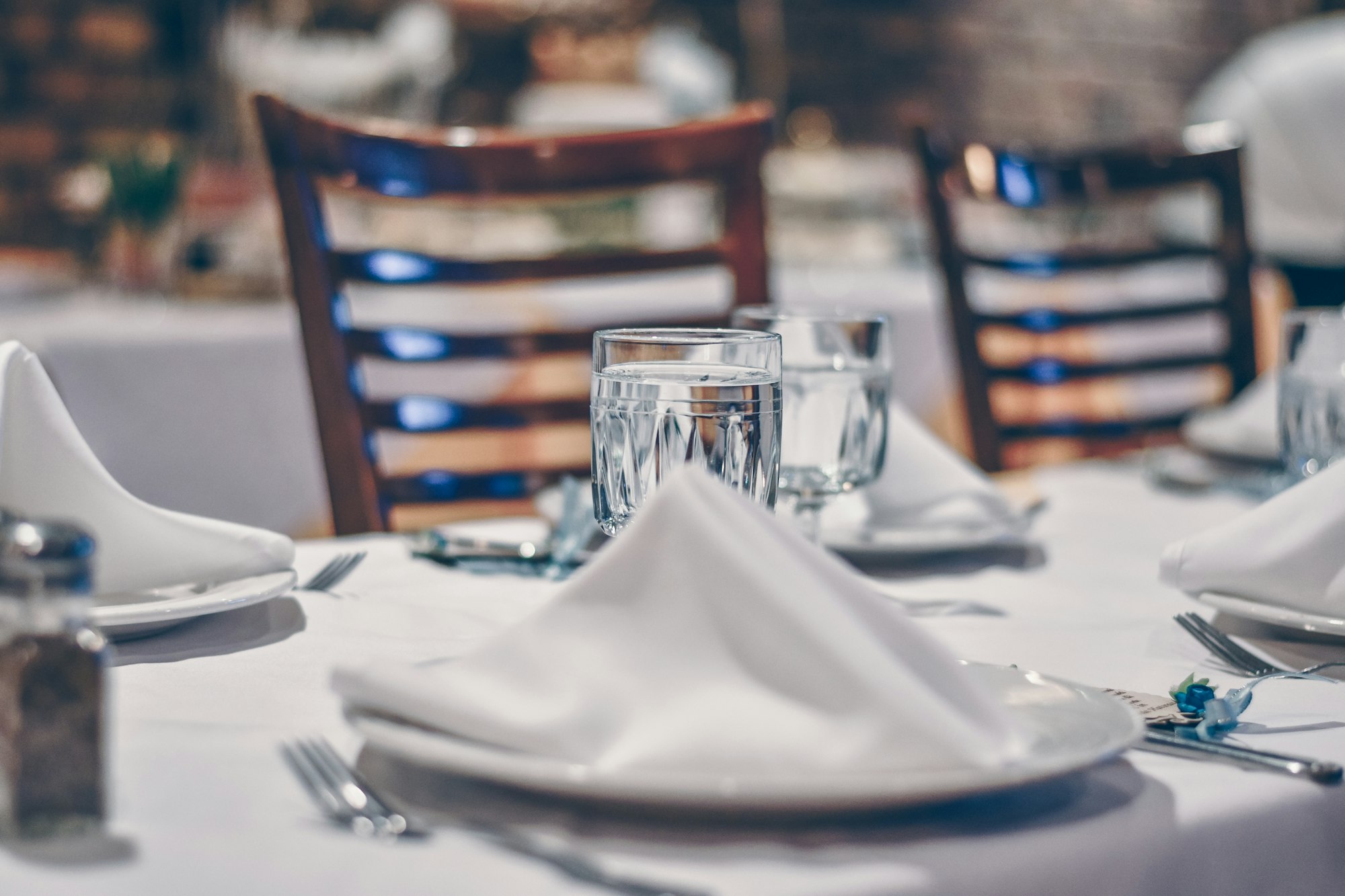
Contrary to popular belief, a waitlist isn't some sort of magical contract that guarantees a table for guests. A waitlist is a simple form that asks guests to provide their name, party size, and phone number in order to reserve a table for a later time.
A paper waitlist is a popular way for restaurants to keep track of guests who are waiting for a table. It also helps restaurants manage walk-ins by prioritizing guests with their names already written down. If guests are present when their name is called from the waiting list, then a server will guide them to their seats and hand them a menu. If guests cannot be found when their name is called, then the host moves on to the next party.
The benefits of restaurant waitlist management
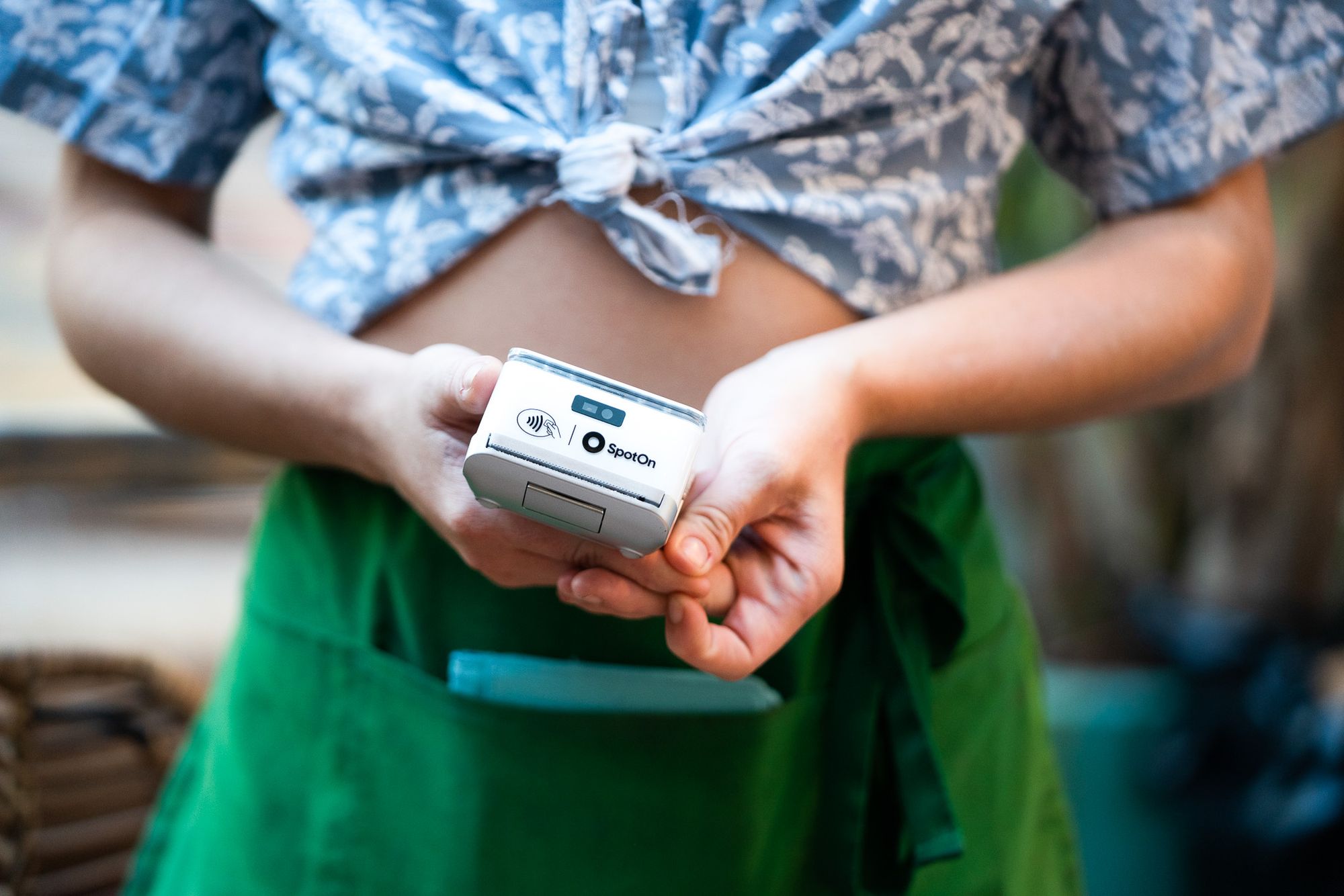
When a restaurant's tables are full, a waitlist allows hosts to manage the waiting parties and seat them in the right order. It also assures the guests of their place in line. What would happen if a large party waltzed into a restaurant and sat down at what looked like an open table? But five parties are already waiting for a table. If the restaurant didn't have an organized waitlist system, the waiting parties would most likely get upset and confront the table that sat down or just leave the restaurant. A waitlist ensures guests are seated when it's their turn.
While it might seem like a small gesture, a waiting list can even help alleviate some potential frustration felt by guests. As a business, you obviously want to make sure everyone leaves your restaurant feeling satisfied. Unfortunately, long wait times without any other sense of clear communication can easily make guests feel frustrated with the overall dining experience. And when customers feel like they aren't being seen or heard, they head over to review sites like Yelp to warn others from falling into the same pitfalls.
When using a restaurant waitlist template that clearly records the quoted wait times for a table, guests won't feel like they've been neglected. They can easily track the list on their own to see how many parties are ahead of them and wait until it's their turn.
How to use a restaurant waitlist template
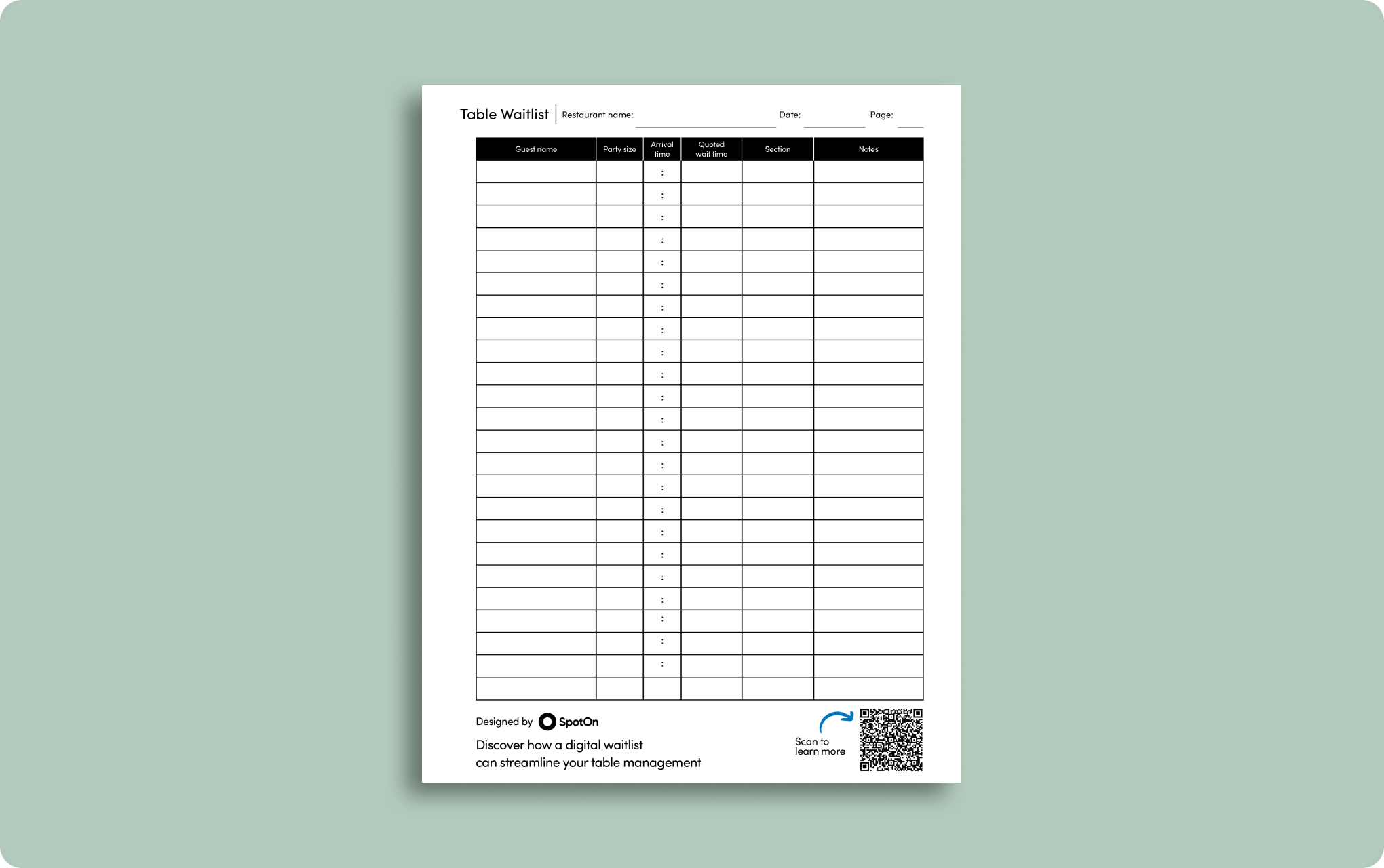
Restaurant Waitlist Template
Easily keep track of waiting parties at your restaurant with our printable waitlist template.
A restaurant waitlist template is a simple outline of different information any restaurant can fill in with their own information to easily accommodate guests waiting for a seat. To use SpotOn's free restaurant waitlist template, simply download the template and fill in the fields specific to your restaurant type.
After printing a few copies of your customized restaurant waitlist template, you can now hand over that blank list for hosts to use. To show customers how much time they've got before being seated, some smaller restaurants even place their paper waitlist on a clipboard with a pen so guests can write down their names on their own. This 'hands-off' waitlist management approach is a great way to free up some of the restaurant staff's workload when things start to get a bit hectic. Customers can also freely check up on the paper waitlist without needing to bother the host or other busy restaurant staff. Remember, a restaurant waitlist template is a vital tool to let guests know you've taken the steps to meet their needs.
5 tips to better manage your restaurant waitlist
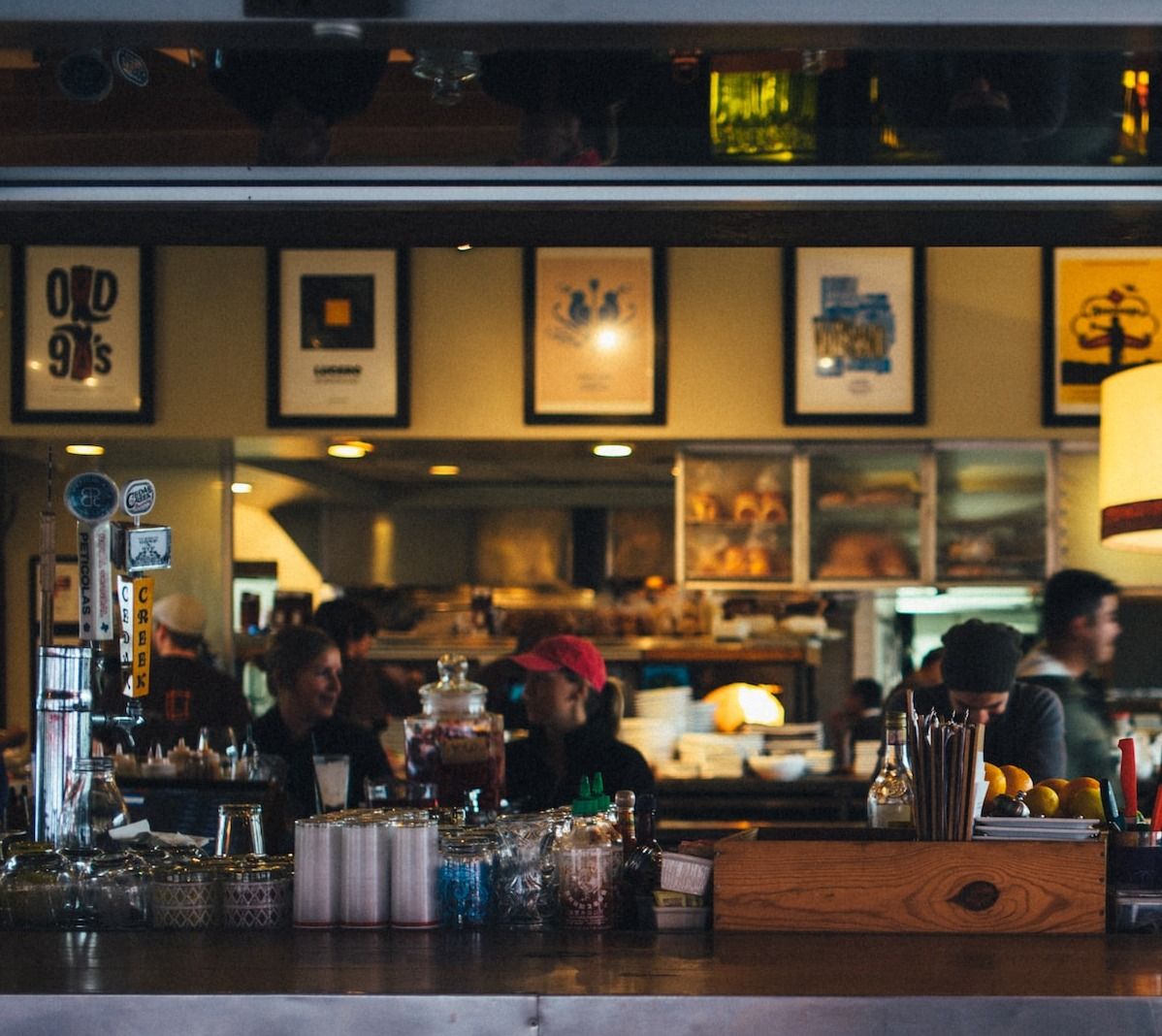
While a printable restaurant waitlist template is a simple yet effective solution to alleviate guest wait times, you can improve the guest experience even further by utilizing a digital waitlist app. With a digital waitlist, you'll have easier access to guest information, simple integration with your point-of-sale system, and so much more. And when your restaurant waitlist goes digital, you can even expect a shorter service time as a result since you'll have more staff on hand to meet guest demands. Here are 5 ways a restaurant waitlist app like SpotOn Reserve will let you seat and serve customers faster than before.
1. Let waiting guests add themselves online
When using a physical waitlist, guests need to show up in person or call in to provide their own phone number, then stick around until a table is open. However, when a waitlist goes digital, you allow guests to surpass that routine since they can simply place their name and phone number from your website or even through Google itself. Since guests have the ability to add themselves to a waitlist system, they can easily show up for their designated time without any extra hassle. The restaurant staff can then seat them right away, making it much easier to accommodate walk-ins too.
2. Improve accuracy of estimated wait time with automated notifications and 2-way texting with the host stand

Some managers draw a tiny box on their restaurant waitlist template to physically write down wait times at their restaurant. Other managers might even purchase an expensive monitor to occasionally update their wait times, like a deli calling up the next customer to the counter. With a digital waitlist, restaurants can do less work and improve wait times while also providing customers with an instant line of communication to the restaurant itself. With 2-way texting, a guest can notify the restaurant if there are any delays or conflicts that might pop up, which can then let the restaurant prepare for that delay or move on to a party already looking to be seated.
Alongside that 2-way text communication, a digital waitlist also allows guests to receive automated notifications that alert them once their table is ready. By providing an estimated wait time, guests no longer need to guess when they'll be seated. And since these notifications are all automated, your restaurant staff will have more time to focus on other, more important tasks instead of constantly rushing to update the wait time for every reservation.
3. Turn more tables by managing tables from one system
As we all know, when it comes to waitlist management, there will always be a slight chance you'll lose track of certain parties. While nobody wants this to happen, these accidents tend to lead to mismanaged tables, a longer wait, and unhappy customers. However, a digital waitlist offers an easy solution that will turn more tables as a result by keeping all that information in a single hub, which can then be accessed from multiple devices as well. And since that digital waitlist is synced with your restaurant's point-of-sale system, which keeps track of different orders and tables as guests are being served, a restaurant gains a better sense of control over their guest information and the overall dining experience.
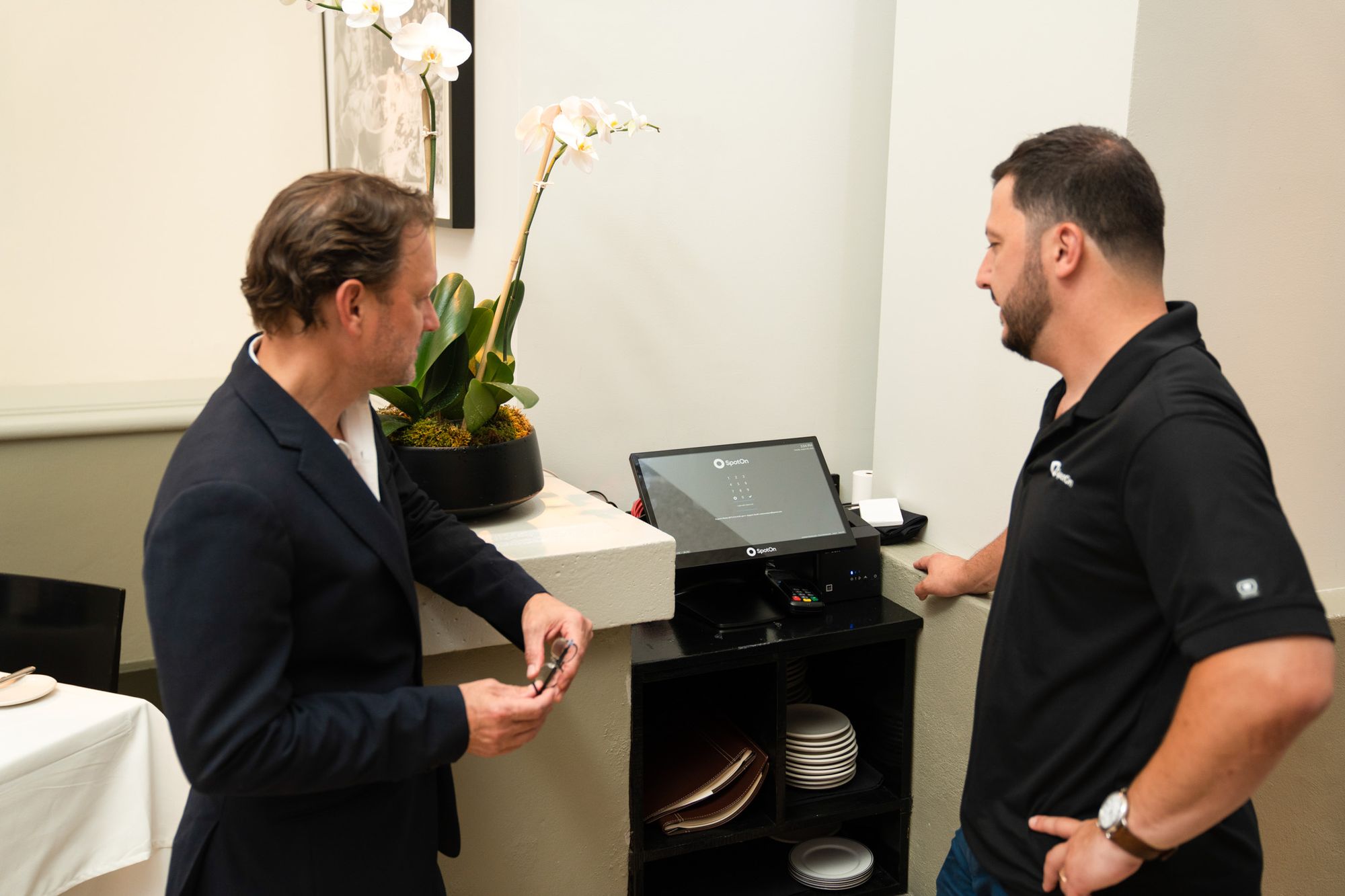
However, with a physical waitlist, things can get sloppy really fast. With staff constantly crossing out names to write down new ones, rushing to greet and seat guests, and sometimes even comparing waitlists with whatever table management software is being used, the moments of confusion will easily snowball into an avalanche of frustration.
4. Grow your guest mailing list
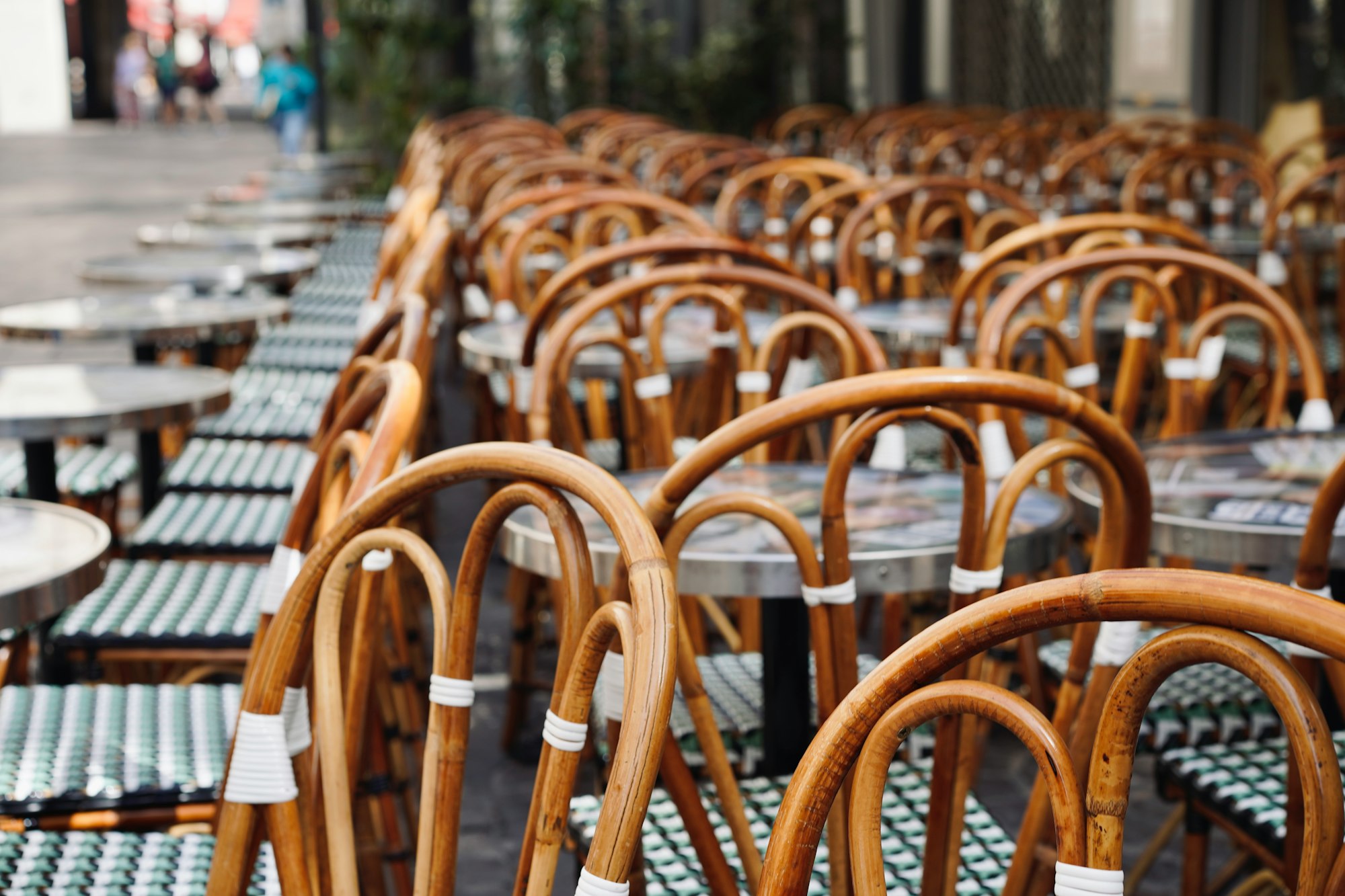
Unfortunately, there just isn't enough space on a restaurant waitlist template to collect and create a comprehensive guest database unless you want to take more time and ask guests for other information besides their names and phone numbers. With a digital waitlist app, guest information is automatically stored and compiled into one central digital space you can access at any moment.
From there, you can get started on building a marketing strategy to utilize that customer data to its full potential since email discounts and promotional offers are always great ways to bring guests back into your restaurant. With SpotOn Reserve, you can use that waitlist information alongside your point-of-sale system's reporting feature to advertise based on your most popular dishes. If you're seeing more customers interested in the fried calamari as a side over a plate of fries, then you can use your customer database to send emails that promote a new limited-time calamari special.
5. Use data insights to help forecast sales
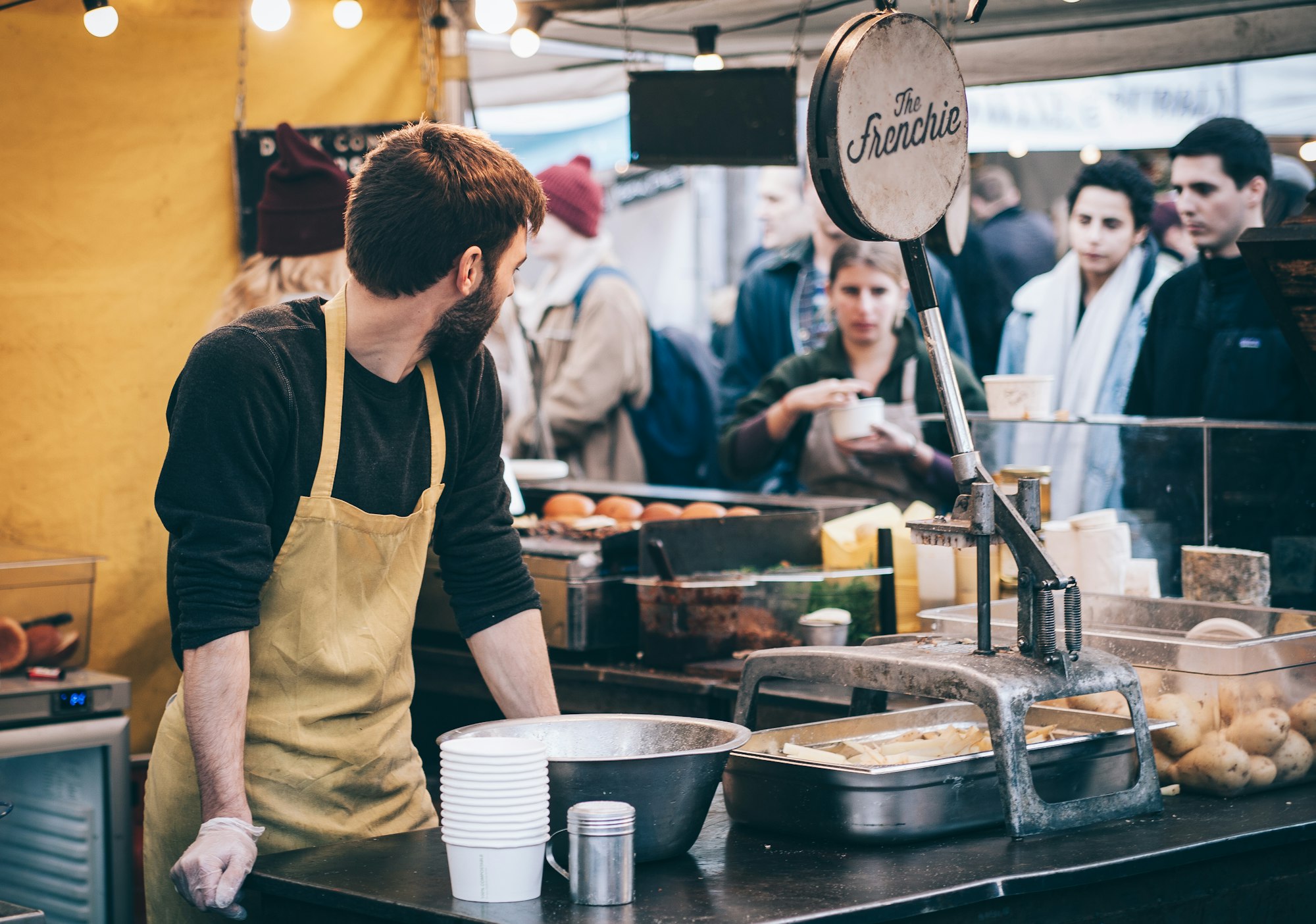
Similar to finding out how to advertise your best sellers, you can use the data from your waitlist and reservation management solution to further tune your overall restaurant's operations. Let's say you're a restaurant that specializes in breakfast and lunch food items. Using your synced digital waitlist and point-of-sale system, you notice that guests tend to reserve more tables before noon. After doing some calculations and investigating how your menu supports this pattern, you can start building an entirely new perspective to increase profits for a breakfast rush special. Engineer a new menu to cover food items that fall in the brunch category or use labor management software to coordinate restaurant staff members in the right time slots.
At the end of the day, restaurant tech should act as a friend, not an obstacle in your daily operations. If you get a hiccup from a last-minute cancellation or unexpected change in a guest’s party size, your reservation system should clear the path to solving that problem as easily as possible. The last thing guests and restaurant staff want is further delays to an amazing dining experience and delicious food.
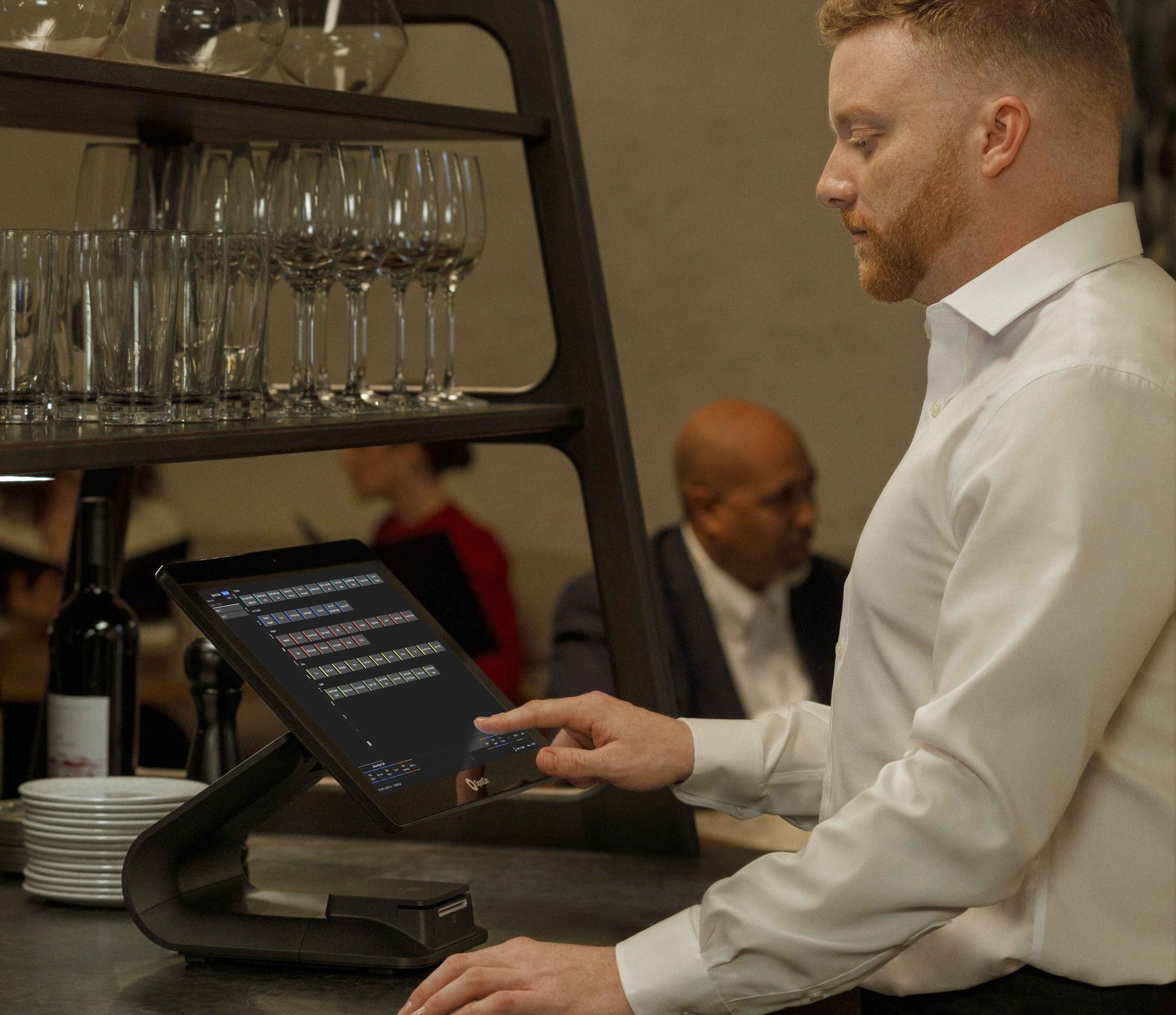
Let's see how we can help
Meet one-on-one with one of SpotOn's tech experts. No high-pressure sales tactics. Just a casual conversation to find out if we make sense for your restaurant.


